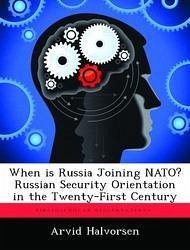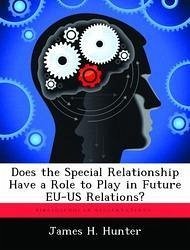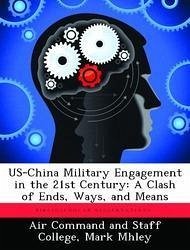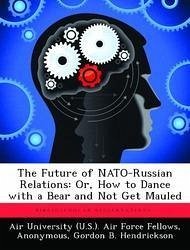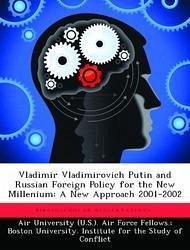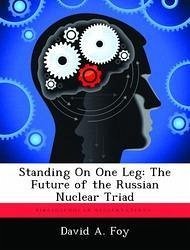Nicht lieferbar
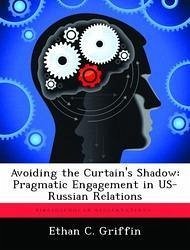
Avoiding the Curtain's Shadow: Pragmatic Engagement in US-Russian Relations
Versandkostenfrei!
Nicht lieferbar
The "iron curtain" was the symbol marking the beginning of the Cold War. It divided the Western nations, including the US, and Eastern Europe into two diametrically opposed ideologies and resultant political systems. In the East, a communist-controlled federation, the Union of Soviet Socialist Republics, became an international superpower that ruled through oppression, state-domination, and military aggrandizement. Nearly five decades later, that curtain would rise to reveal a host of nations, including Russia itself, in search of openness, freedom, and integration with the West. After a decad...
The "iron curtain" was the symbol marking the beginning of the Cold War. It divided the Western nations, including the US, and Eastern Europe into two diametrically opposed ideologies and resultant political systems. In the East, a communist-controlled federation, the Union of Soviet Socialist Republics, became an international superpower that ruled through oppression, state-domination, and military aggrandizement. Nearly five decades later, that curtain would rise to reveal a host of nations, including Russia itself, in search of openness, freedom, and integration with the West. After a decade of mismanaged Western assertive idealism, the curtain's shadow of distrust and confrontation has returned. Russia is struggling to recover its role as a great power, while the US battles terrorism and international criticism. Following several years of democratic reversals in Russia, the US faces a potential turning point as its vital interests intersect with Russia's. The US should adopt a policy of pragmatic engagement of a still-powerful Russia in order to secure its national security interests.




